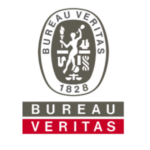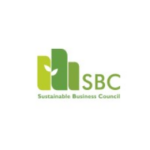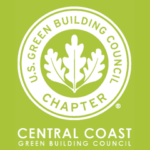
Our Mission – to empower people and businesses to make decisions prioritizing human health and environmental stewardship.
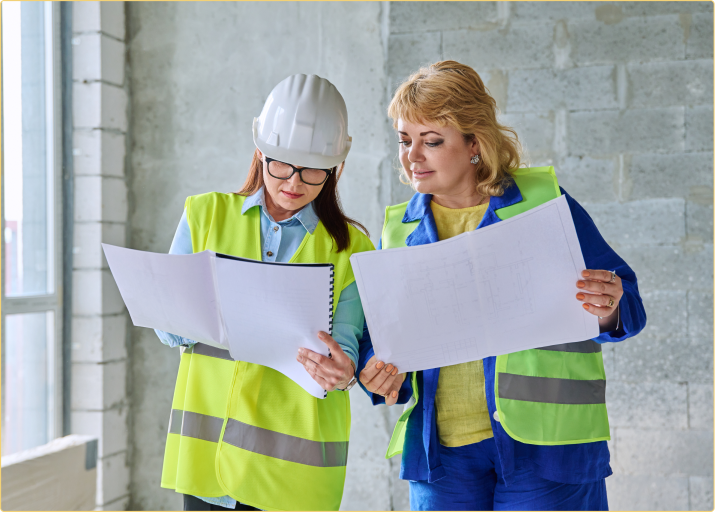
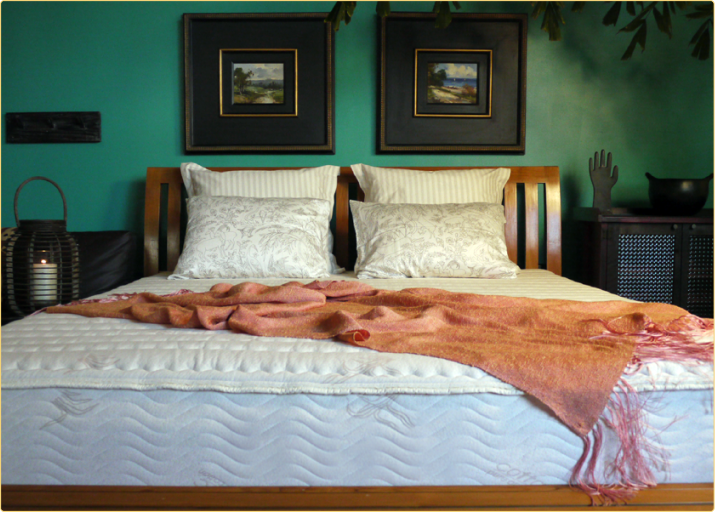





My mission is to empower people and businesses to make decisions that prioritize both human health and environmental stewardship.
Licenses, Certifications, & Associations
Building for Health
We spend more than ¾ of our time indoors – at work and at home. Nowadays many of us combine work, family time, and relaxing all into one space. Because of this, it’s important to make our buildings, products, and materials not only sustainable, but the healthiest and safest we can. The materials we choose to build with, the products we select to use throughout the day, and the way we decide to use them can all lead to reducing harmful impact on where we live.
Now, more than ever, whether remodeling, building new, or simply cleaning up what’s there, Home Health Matters. The surfaces, the home systems we employ, and what we use to take care of them, all contribute to our home and environmental health. Learn what things are made of and how they interact with each other.
Save Money – implement both water and energy-saving design, reduce monthly bills, use materials that require less maintenance and labor
Improve Indoor Health – improve indoor air quality, design with healthier surfaces, reduce risk of injury, reduce exposure to toxic chemicals, molds, and allergens
Improve Ecological Footprint – use environmentally responsible materials, minimize waste, recycle what’s left over or what can be used again
Improve Functional Design – Are the appliances energy efficient? Does the design make tasks easier? Does the circulation flow of the house improve its useability and appeal? Are people more comfortable? Are spaces as efficient and effective as they can be? Are people of all ages and abilities considered?
Solving for Sustainability
Sustainability reporting is becoming more mainstream for businesses of all sizes, and all along the supply chain. From addressing operational environmental, social, and governance issues to submitting full Life Cycle Analysis reports on products and practices, companies now find ways to appease stakeholders, discover competitive advantages, and meet compliance regulations through their sustainability actions and reporting.
Sustainability as a practice is another tool for business strategy, from sourcing material to assessing a company’s overall environmental impact along the supply chain.
Solving for Sustainability
Sustainability reporting is becoming more mainstream for businesses of all sizes, and all along the supply chain. From addressing operational environmental, social, and governance issues to submitting full Life Cycle Analysis reports on products and practices, companies now find ways to appease stakeholders, discover competitive advantages, and meet compliance regulations through their sustainability actions and reporting.
Sustainability as a practice is another tool for business strategy, from sourcing material to assessing a company’s overall environmental impact along the supply chain.
Products that Protect
Products That Protect
Figuring out how to make a product requires several steps- knowing the best required ingredients, understanding how they perform, knowing how well these products ‘play with others’, and what to do with them after first use. Life Cycle Assessment is a tool and process that allows us to examine in full detail what the environmental impact of a product is, and how to solve the environmental challenges with safer, healthier, more sustainable products.
Comprehensive data, observation, interpretation of regulations, and input from supply chain stakeholders all help LCA practitioners create assessment reports to reveal opportunities in resource efficiency, waste reduction, environmental improvements both upstream and downstream of manufacturing, and the information needed to make best business decisions developing products with minimal harm.
Save Money – implement both water and energy-saving design, reduce monthly bills running more efficient manufacturing and utilities, specify materials that require less maintenance and labor.
Improve Indoor Health – improve indoor air quality, design with healthier surfaces, reduce risk of injury, reduce exposure to toxic chemicals, molds, and allergens
Improve Ecological Footprint – use environmentally responsible materials, minimize waste, recycle what’s left over or what can be used again
Improve Functional Design – Are the appliances energy efficient? Does the design make tasks easier? Does the circulation flow of the house improve its useability and appeal? Are people more comfortable? Are spaces as efficient and effective as they can be? Are people of all ages and abilities considered?
Fire By-Product Testing
Fire By-Product Testing
The mission is simple:
Prioritize Human Health and Environmental Stewardship
Recent News
Your active attendance in live office hours was most delightful.”

MIT Professional Education Learning Facilitator

Ready to get started?
Ready To Get Started….Ready To Start A Project? Have Health Issues In Your Home? Want Help Assessing ESG in Your Business? Want To Start An LCA Assessment of Your Business or Supply Chain?
Contact me at elstrickland@buildinghealthmatters.com
We are always ready to collaborate!
Ready To Get Started….Ready To Start A Project? Have Health Issues In Your Home? Want Help Assessing ESG in Your Business? Want To Start An LCA Assessment of Your Business or Supply Chain?
Connect with me using the buttons below.
We are always ready to collaborate!


